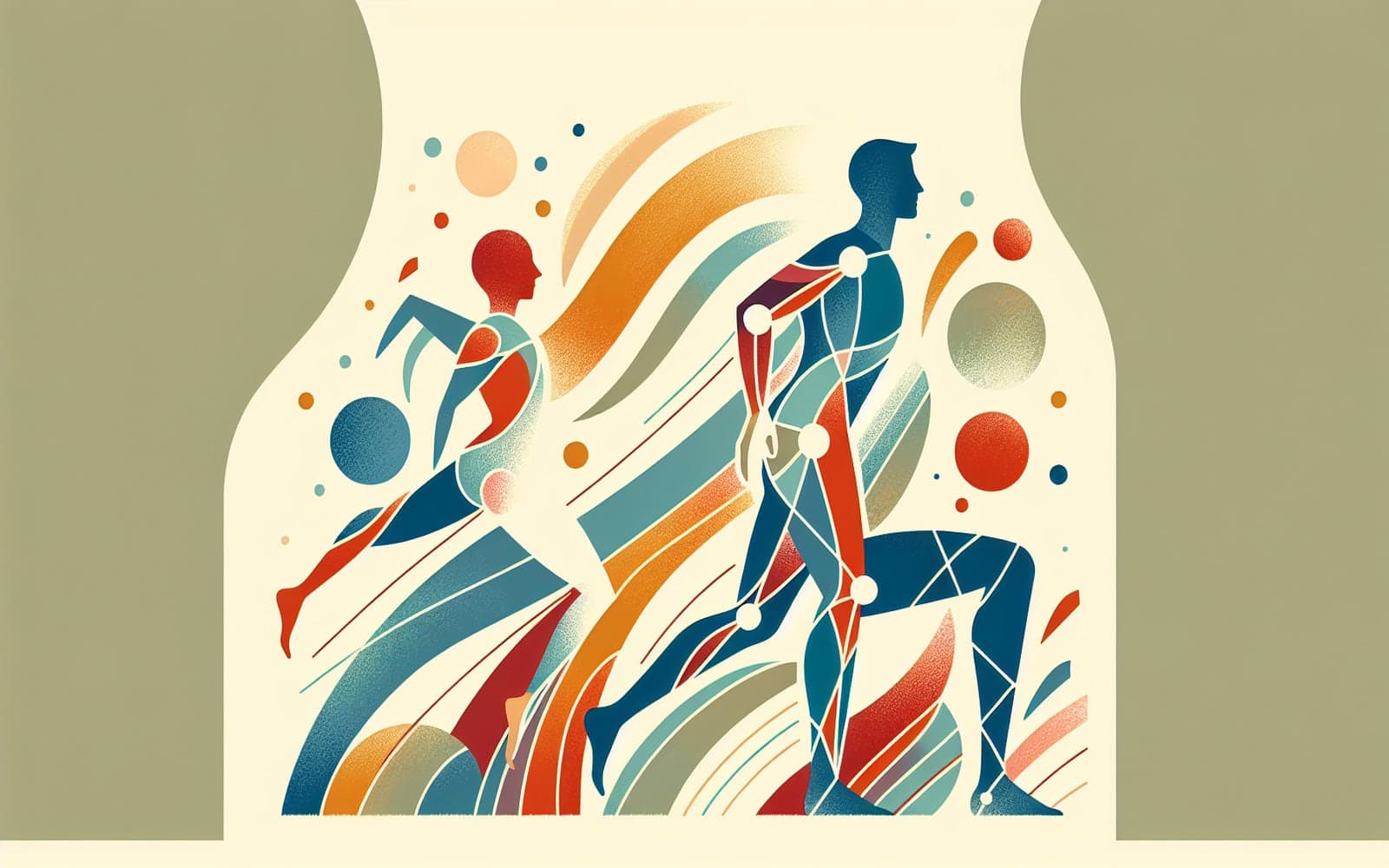Contents
-
Understanding Hamstring Injuries
-
Key Risk Factors
-
The Role of Flexibility and Biomechanics
Are You at Risk for Hamstring Injuries? Discover the Hidden Factors!
Are You at Risk for Hamstring Injuries? Discover the Hidden Factors!
The Big Picture
Hamstring injuries are common in sports, but did you know that several risk factors could be putting you at increased risk? Understanding these factors is crucial for prevention and treatment.
Contents
-
Understanding Hamstring Injuries
-
Key Risk Factors
-
The Role of Flexibility and Biomechanics
Understanding Hamstring Injuries
Hamstring injuries often occur during sports that involve high-speed running and sudden changes in direction. These injuries can range from mild strains to complete tears, affecting the biceps femoris, semitendinosus, and semimembranosus muscles. The severity of the injury determines the treatment approach and recovery time, which can vary from a few weeks to several months.
Key Risk Factors
Age, previous injuries, and muscle weakness are some of the most significant risk factors for hamstring injuries. Older athletes are more prone to these injuries due to muscle degeneration, while previous hamstring strains increase the likelihood of recurrence. Muscle weakness, especially imbalances between the quadriceps and hamstrings, can also predispose athletes to injury.
The Role of Flexibility and Biomechanics
Limited hamstring flexibility can increase the risk of injury, though studies show mixed results. Poor biomechanics, such as improper running form or inadequate warm-up routines, are also contributing factors. Ensuring proper flexibility and correcting biomechanical issues can help reduce injury risk.
FAQs
What sports have the highest risk?
Sports involving sprinting and rapid direction changes, like soccer and football, have high hamstring injury rates.
Does age affect hamstring injury risk?
Yes, older athletes are at higher risk due to muscle degeneration and reduced flexibility.
How does muscle strength impact injury risk?
Weak hamstrings, especially when imbalanced with stronger quadriceps, increase injury likelihood.
Did you know previous injuries matter?
Prior hamstring strains significantly raise the chance of future injuries.
Key Takeaways
Understanding and addressing risk factors is essential to prevent hamstring injuries in athletes.
Additional References
-
Brooks JH, Fuller CW, Kemp SP, Reddin DB. Incidence, risk, and prevention of hamstring muscle injuries in professional rugby union. Am J Sports Med 2006; 34:1297.
-
Croisier JL. Factors associated with recurrent hamstring injuries. Sports Med 2004; 34:681.
This article has been reviewed for accuracy by one of the licensed medical doctors working for Doctronic.












